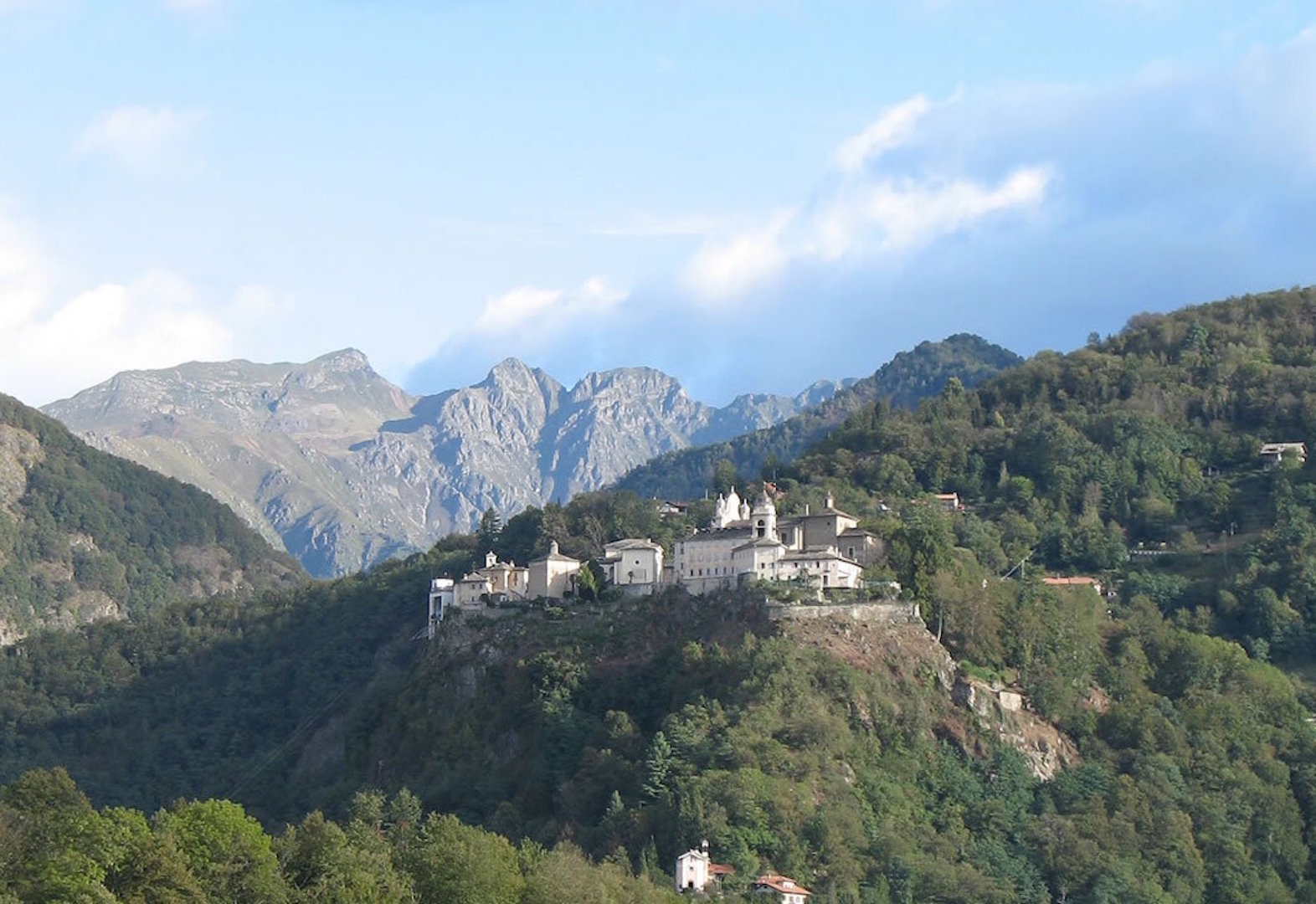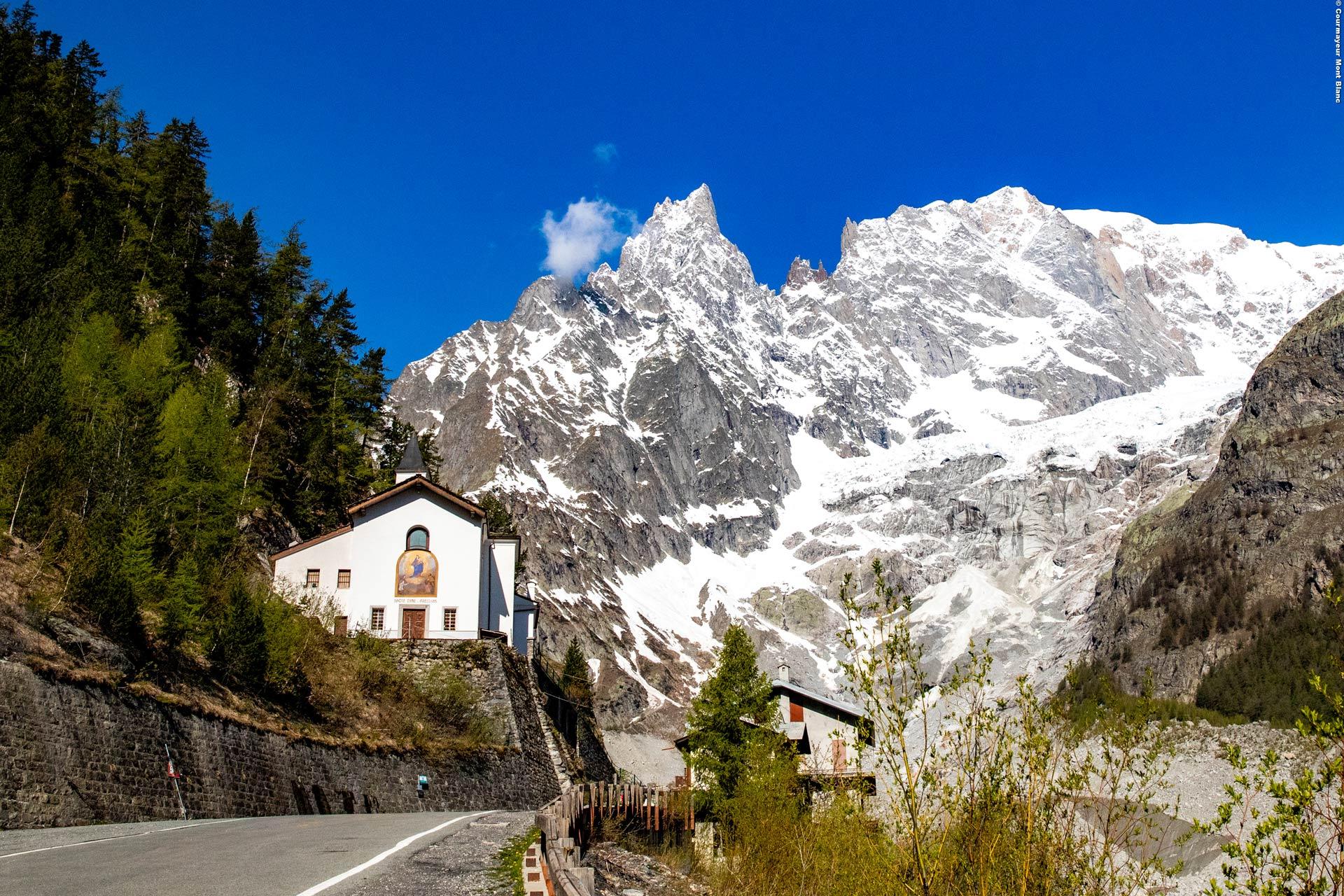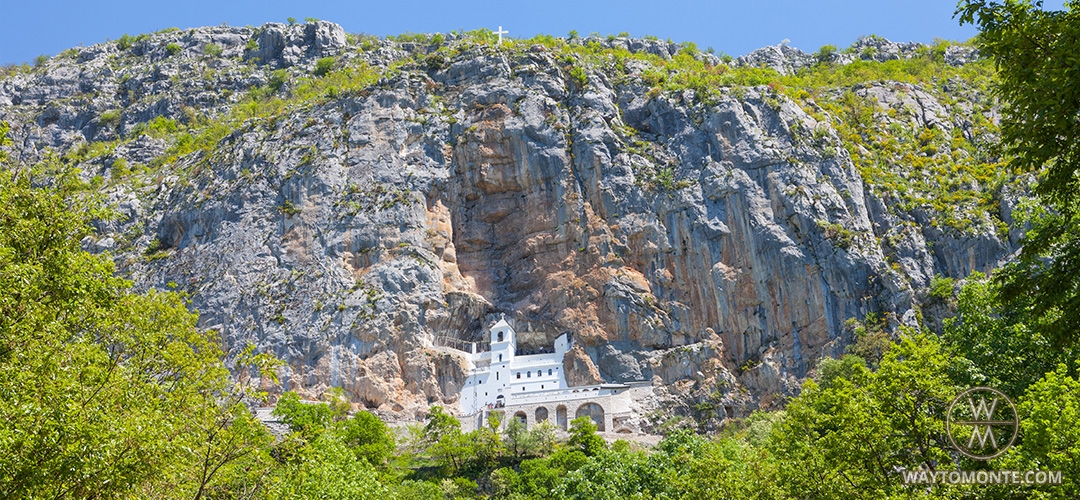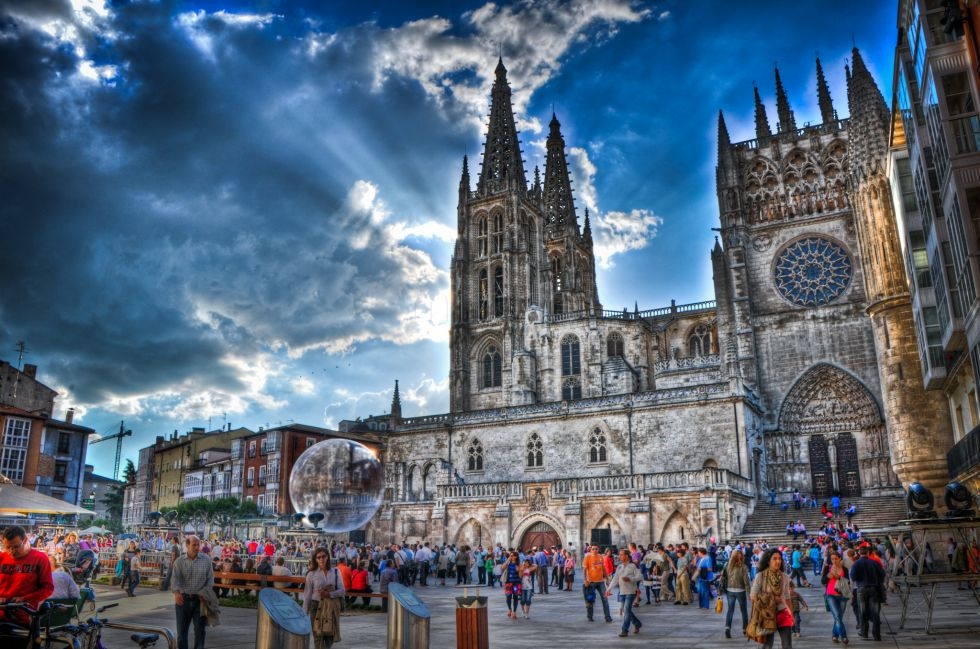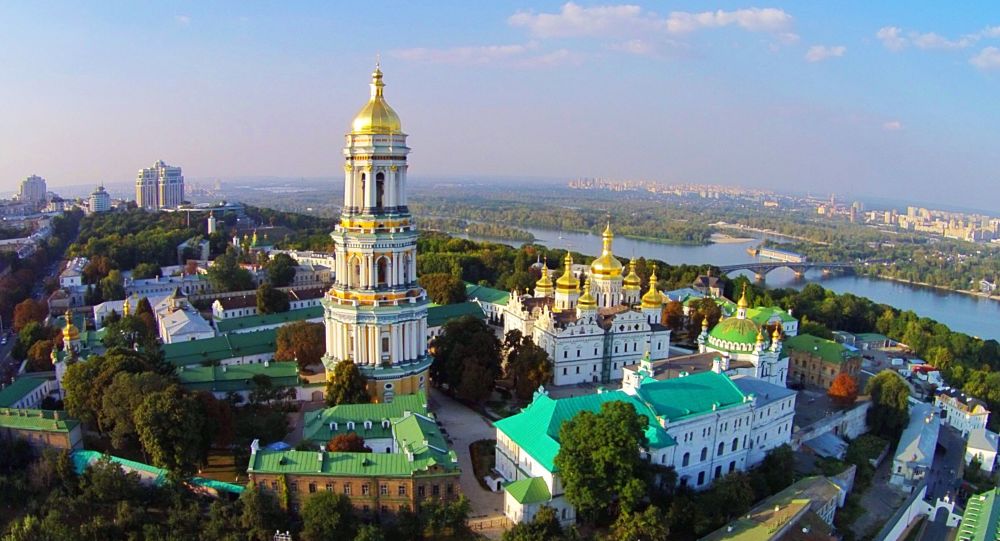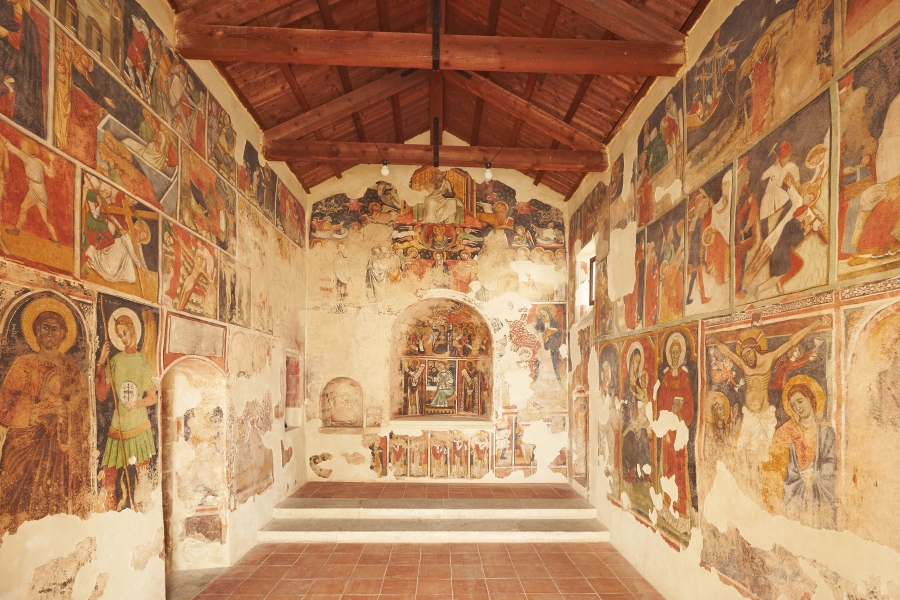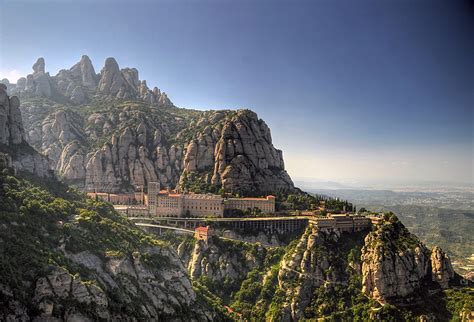The monumental complex of Sacro Monte is an integral part of the Special Nature Reserve, established in 1980 by the Piedmont Region, and rises 608 meters above sea level, on a rocky hill overlooking Varallo and offering very suggestive views not only of the city but also of the entire Valsesia.
The Sacred Mount can be reached on foot following a twenty-minute uphill path which starts from the center of Varallo and which ideally represents the path of Jesus’ ascent to Calvary; by car from the carriage road in the hamlet of Crosa di Varallo or by funicular which reopened in 2003, after renovation works.
It is the oldest of the sacred Italian mountains, born in 1491 from the idea of Bernardino Caimi, and has been a model for other complexes that arose later along the Alps. The Franciscan friar, returning from a trip to Palestine, thought of reproducing those places in Varallo and recalling the Life and Passion of Christ. Thus arose, in the heart of Valsesia, a "New Jerusalem" for the benefit of the faithful who could not go to the Holy Land, then under Turkish rule. The pilgrims could in this way relive in the "great mountain theater" the facts of the Gospel with wonder and emotional involvement.
The sacred representation takes place in 45 chapels, isolated or inserted in more articulated architectures, and is staged by 800 life-size statues in wood and polychrome terracotta and more than 4000 frescoed figures.
The itinerary among the chapels is divided into two distinct parts: the first from chapel no. 1 (Adam and Eve) to no. 19 (Entrance of Christ in Jerusalem) occupies the most impervious area of the park and is completely immersed in the green of the Reserve; the second one covers the top of the Mount, it can be reached from the Porta Aurea (Golden Gate) and is organized like a city: palaces, arcades, squares of the Temple and of the Tribunal, chapels that tell the episodes of the life of Christ that took place within the walls of Jerusalem (Last Supper, Sepulchre, Resurrection, Assumption of Mary). The Basilica of the Assumption, at the center of the sacred complex, represents the ideal point of arrival of the pilgrim.
Each chapel represents an episode from the life or Passion of Jesus:
complex sceneries were made with frescoes and groups of wooden statues or painted terracotta, life-size and strong expressive power, completely similar to human figures, with real beards and hair.
Famous artists worked on it, not only local ones; among them stands out the figure of Gaudenzio Ferrari (1471/75 – 1546), painter, sculptor and architect from Valsesia who worked on the work from 1499, the year of the death of the founding father Caimi, to 1529, when he moved to Vercelli.
He conceived and realized the scenes of the Nativity, the arrival of the Magi, the Crucifixion and the Pietà.
After him, Lanino, Luini, the architect Galeazzo Alessi, the sculptors Tabacchetti and Giovanni d’Errico and the painters Morazzone, Tanzio, Rocca, Gherardini and Gianoli took part in the renovation of the complex from the middle of the 16th century.
The Basilica is dedicated to the Virgin and was built starting in 1814 with the facade by Giovanni Cerutti and the high altar by Benedetto Alfieri.
Visiting Sacro Monte one can begin a personal journey of ascent starting from the chapel of Adam and Eve to move on to the Annunciation and the episodes of Christ’s life, culminating in the high drama of the Passion, expressed in the various episodes that recount Christ’s last hours on earth until the Resurrection. The visit concludes with the Sepulchre of the Virgin.
Since 2003, the Sacred Mount of Varallo has been included in the list of world heritage sites protected by UNESCO.
